Beer Knot Tying
Tie an Overhand Knot and prepare the ends and the pusher rod. Hook the rod into one end. Push it up inside the other as far as the mark to create the double layer. Withdraw the pusher rod. Loosen the Overhand Knot. Reposition the knot around to the double layer and tighten it.
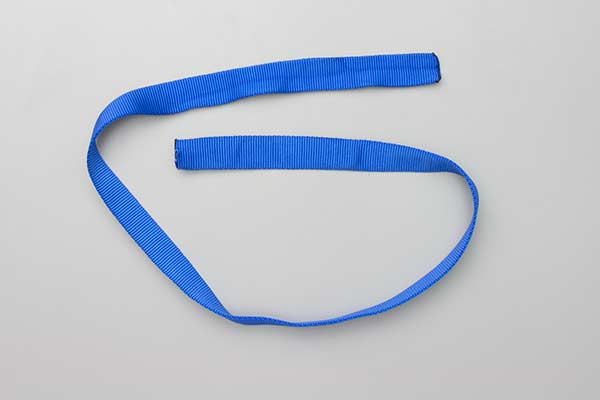
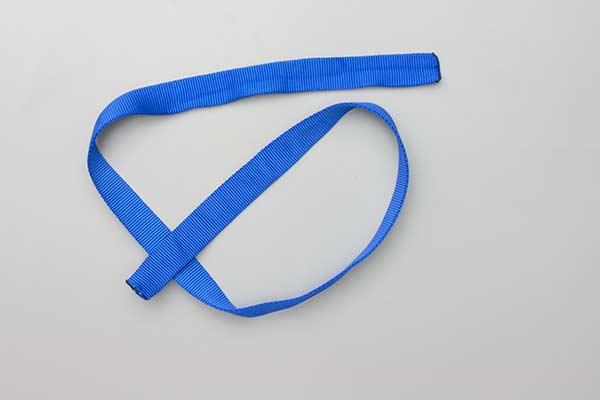
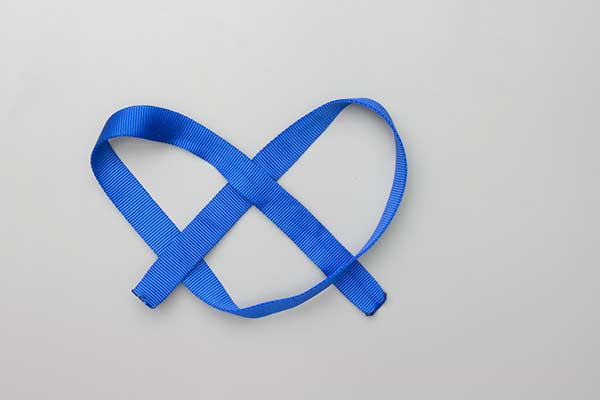
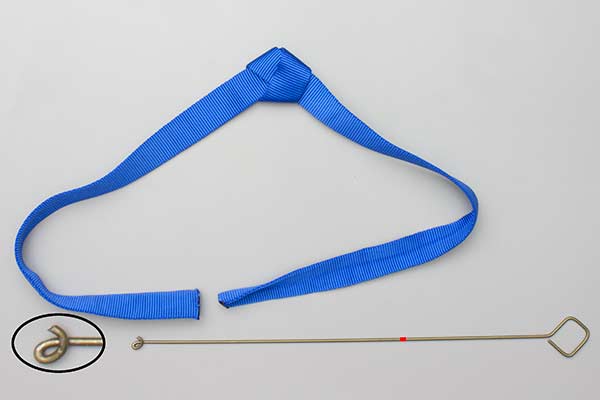
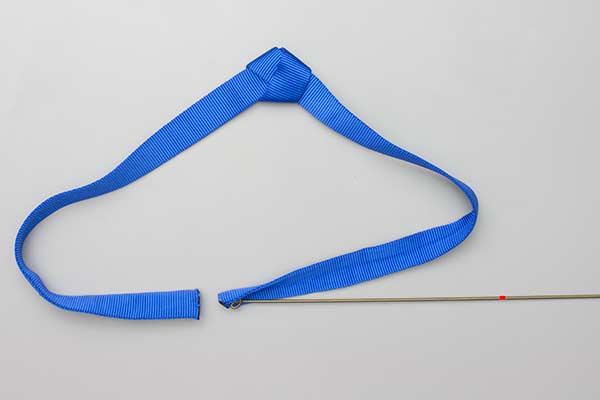
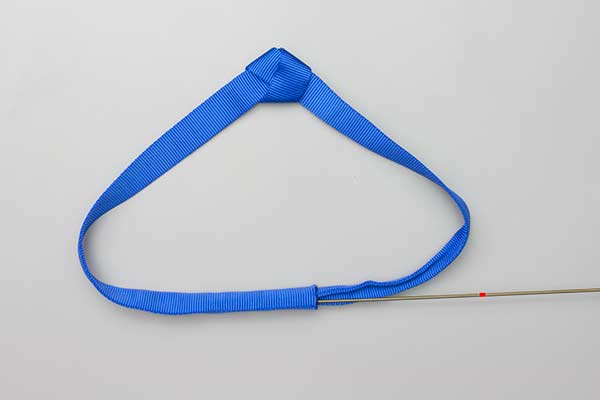
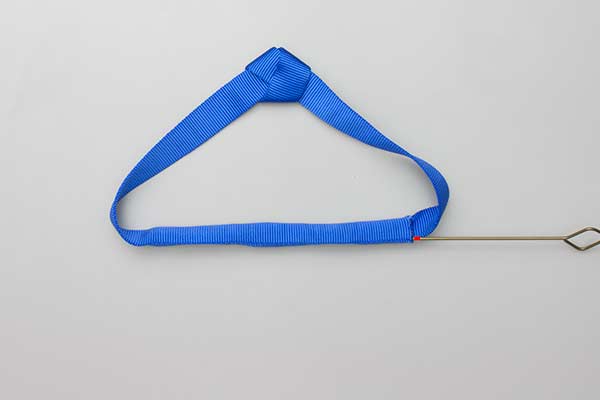
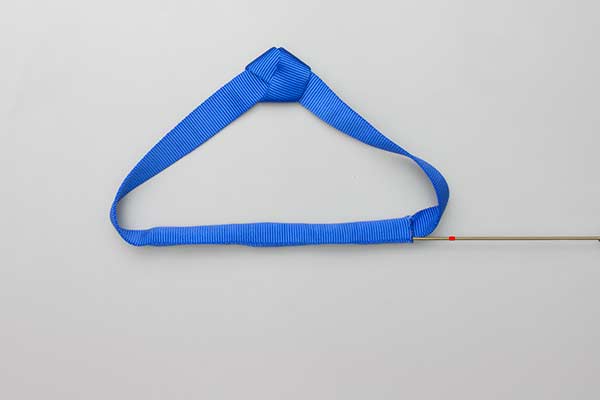

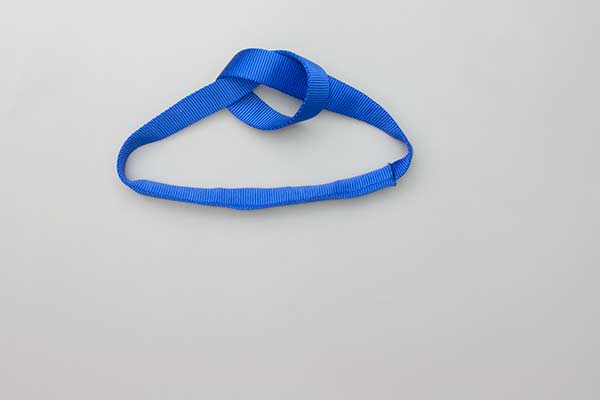

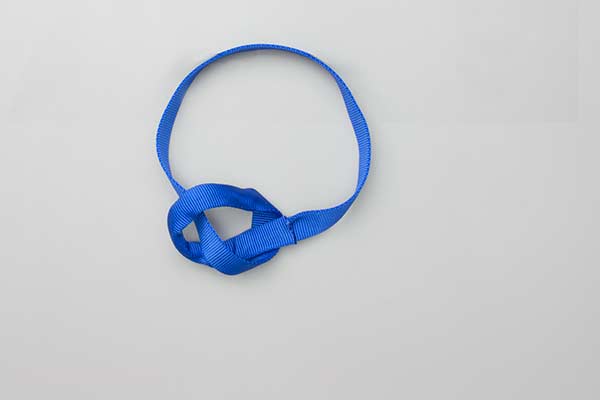
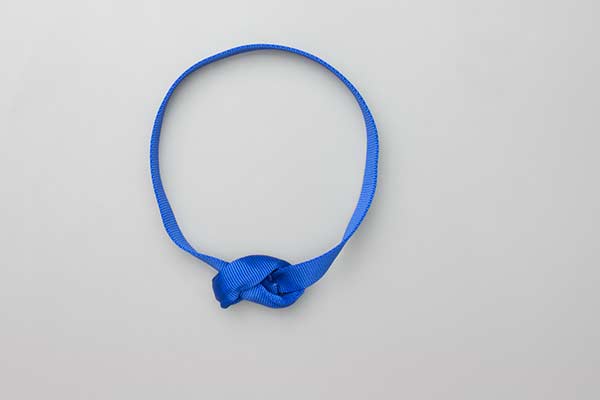

Beer Knot Details
Uses: The Beer Knot is a bend used to join two pieces of tubular webbing. It is commonly used by climbers and arborists to create slings
Origin: The Beer Knot was introduced in the late 1980's by an Austrian, Peter Ludwig, at a National Speleological Society Convention. It has been extensively tested.
Tying it: Many writers describe difficulty tying the Beer Knot. The Pusher Rod shown in the animation provides an excellent answer. Wire from a coat hanger was used. One end was tightly twisted into a loop and the end was cut obliquely as shown in the insert of frame 4. The design allows the end to be easily hooked into one layer of the strapping whilst avoiding exiting the second layer to catch on the outer tube.
Length: For one inch (2.5 cm) tubular webbing, a twelve-inch (25 cm) overlap is recommended. This provides about three inches (7.5 cm) of overlap each side of the finished knot. To save space, the animation employed a shorter overlap.
Strength: The one inch tubular nylon webbing used in the animation has a nominal breaking strain of 4,000 lb. Because the load is distributed to both sides of the finished loop, the nominal breaking strain of the loop should be 8,000 lb. However, the Knot weakens the strap to about 80% – indicating a breaking strain around 6,400 lb. The 15:1 safety ratio applicable for critical loads would indicate a safe working load up to 400 lb.
Precautions: Once set by a major load, the Beer Knot enjoys an excellent reputation for reliability. Many writers say that it does not appear to slip. Nevertheless, it is wise to check both ends of the knot: one tail end is visible; the other is easily felt.
Alternatives: Webbing straps may also be joined using a Water knot. However, the water knot markedly weakens the strap and may reduce the nominal breaking strain to about half.

